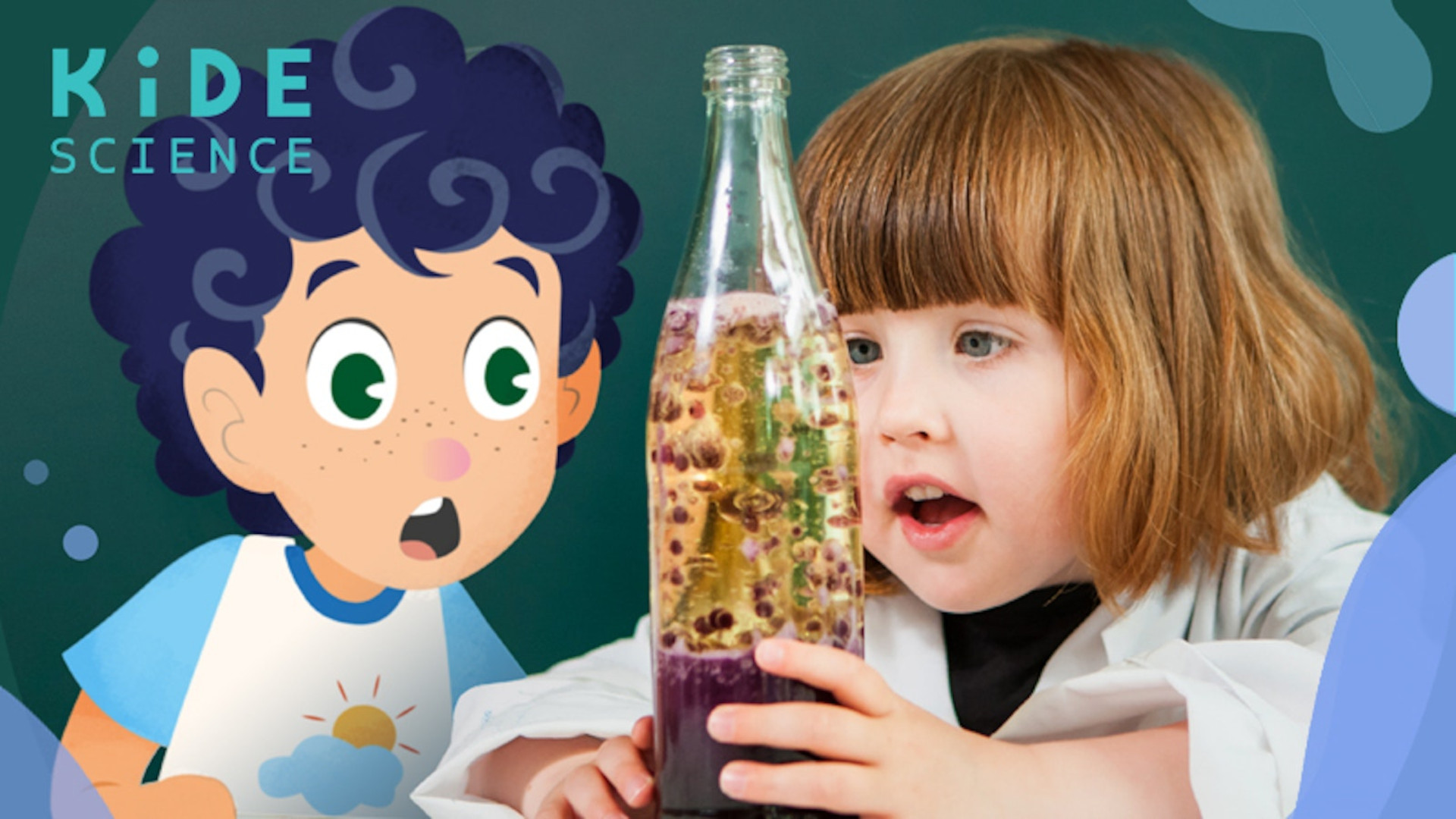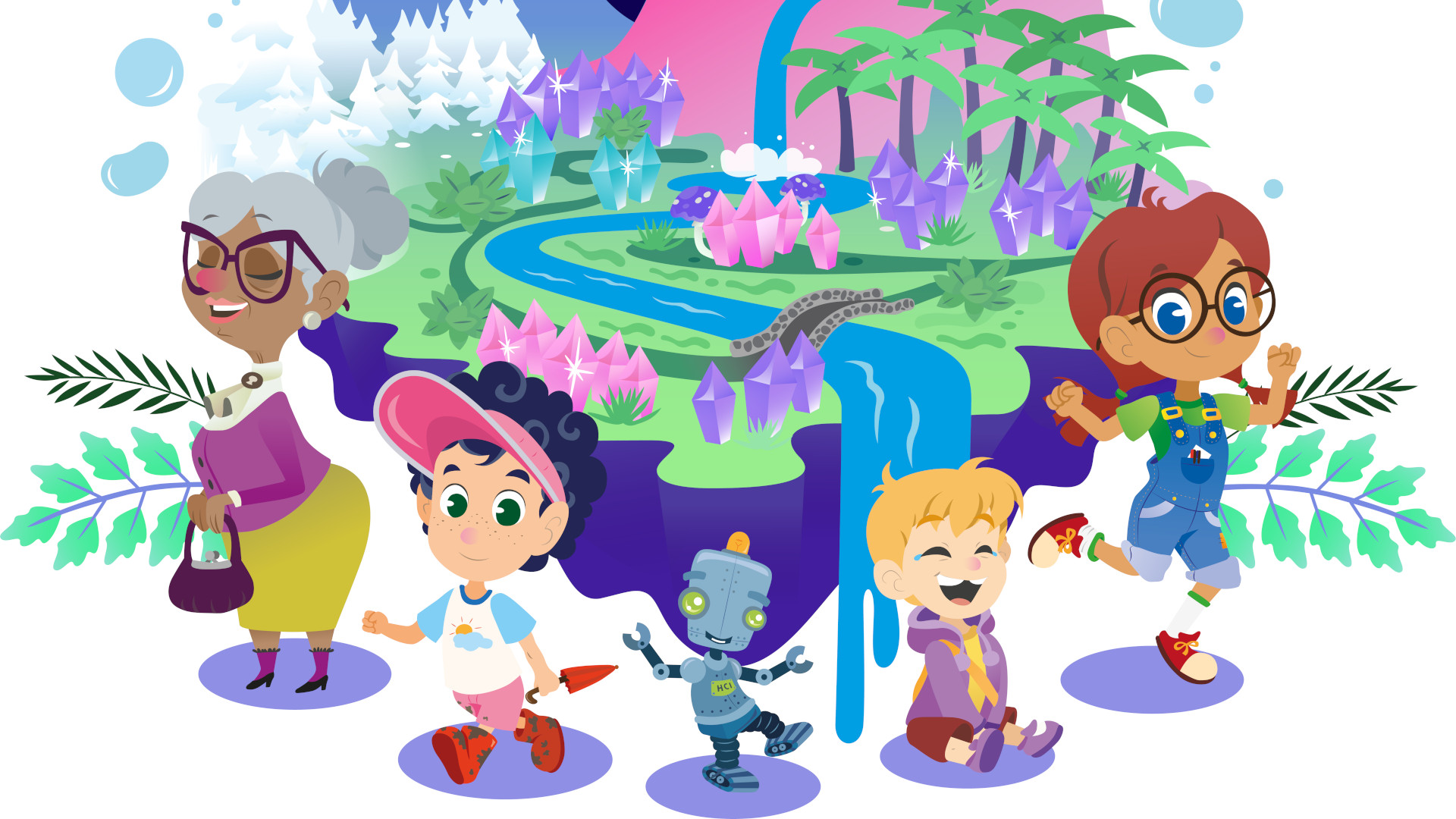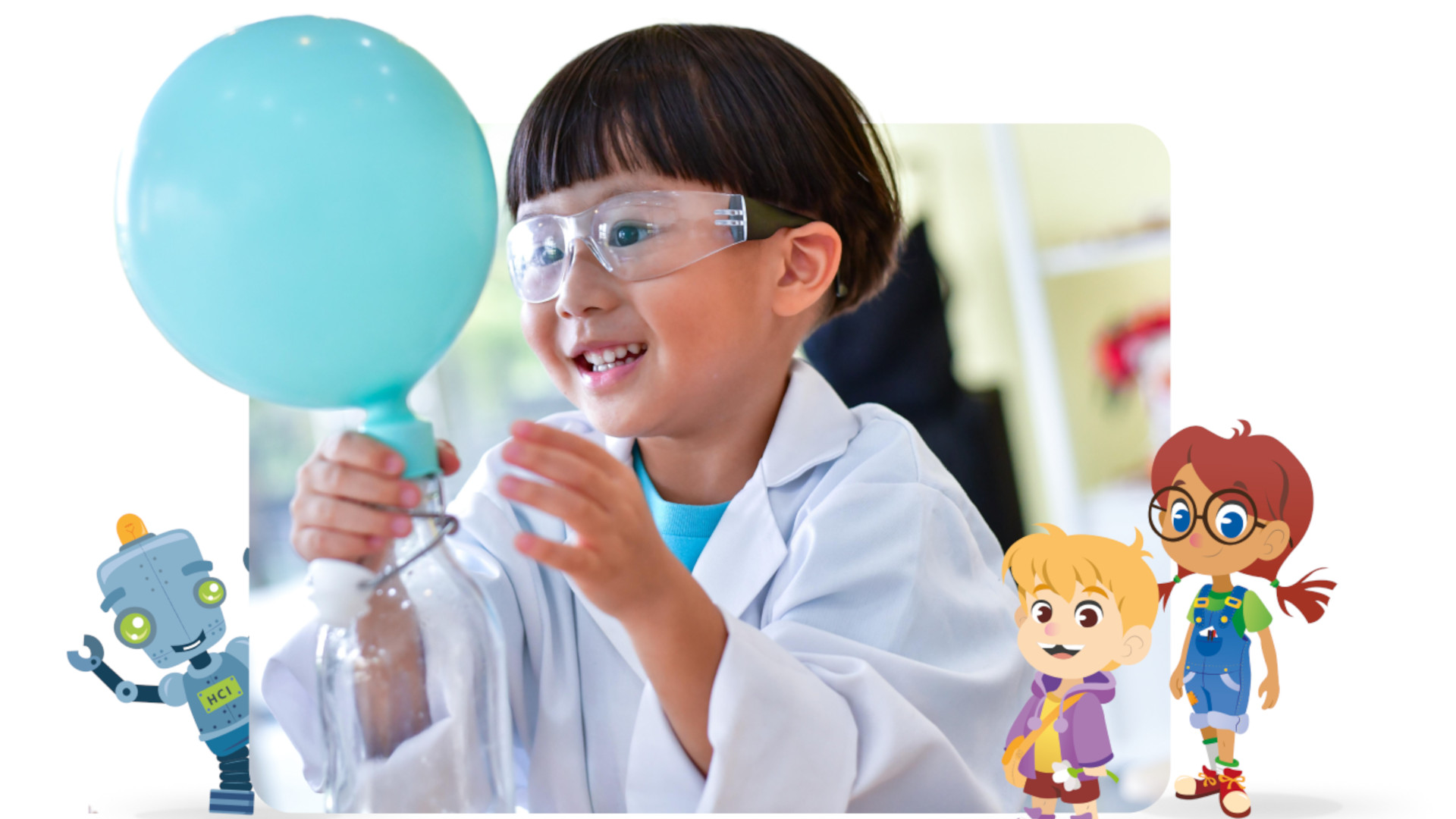Kide Science: How to Use It to Teach STEM
Kide Science makes learning physical for a complete STEM teaching experience.

Kide Science is all about STEM learning and it does this by offering a library of resources for teachers and students to use for hands-on learning.
Using research-backed and child-led activities, this platform offers a rich set of materials for educators to work with in class for a range of ages and abilities. Specifically, this focuses on math, science, literacy, and critical thinking.
All this adds up to some really engaging lessons with materials that are readily available for teachers to work with, making lesson planning and execution far less time-consuming.
The method here comes from years of research at the University of Helsinki, and the result is some powerfully engaging inquiry-based learning for kids.
This guide aims to lay out all you need to know about Kide Science.
What is Kide Science?
Kide Science was born after years of research from Finland and the result is a super engaging library of lessons and resources for teaching STEM-based education to a range of students between three and eight years old.
One of the key factors that sets this apart from other learning options out there is the screen-free nature of this offering. That, combined with a child-led focus, makes for some very healthy learning experiences for younger students.
Tools and ideas to transform education. Sign up below.
Since many of the resources, including teaching plans, are laid out digitally and in print, it makes this super easy to use for educators. The result should be enriching lesson experiences that can save teachers time on planning and even execution.

How does Kide Science work?
Kide Science uses stories as a jump off point to engage students emotionally as well as intelligently. They are then guided into actions with real-world, inquiry-based activities that continue on from the story.
All that means an engaging way to work with creative problem-solving in which the kids are able to lead, explore, and learn as they progress through activities.
Since a lot of the lessons are built around using household products as part of the experiments, it all can be affordably executed. Everything is visually laid out so it's easy to follow even for younger participants.
While this is child-led, it will likely require the attention and guidance of an adult in many instances, so that's worth keeping in mind as a single teacher may need to spread their attention broadly to keep everyone progressing.

What are the best Kide Science features?
Kide Science is screen-free with beautifully engaging and bright visuals. The idea is to spark the children's imaginations before then bringing that idea into the real world, with objects and challenges.
This can then help children stay engaged, seeing the problem-solving as a fun game as opposed to something that may otherwise have felt difficult or off-putting.
Lots of other resources are available for teachers on the website, including a helpful blog, training videos, a podcast, professional development tools, and more.
Usefully, each lesson comes with tips to help adapt it to the age group since these cover ages three to eight. It includes appropriate tasks for younger students to carry out as well as more complex challenges for advanced or older kids.

How much does Kide Science cost?
Kide Science offers a curriculum for free that can be tried out right away. You then have the option of picking from plans designed for classroom and school levels.
The free resources are available on the company website. For classroom or school plans you will need to contact the company to get a bespoke quote.
Kide Science best tips and tricks
Story focus
Begin with a lot of time and focus on the story to engage the kids before moving onto the experiments. Perhaps try a few to see which is most engaging.
Expand out
Use the stories as a jump-off point for more learning, perhaps linking to class subjects you're working on in other areas.
Go home
Have students perform experiments at home, perhaps with a parent or guardian, to see how it differs from doing it in class with other students.
Luke Edwards is a freelance writer and editor with more than two decades of experience covering tech, science, and health. He writes for many publications covering health tech, software and apps, digital teaching tools, VPNs, TV, audio, smart home, antivirus, broadband, smartphones, cars and much more.
